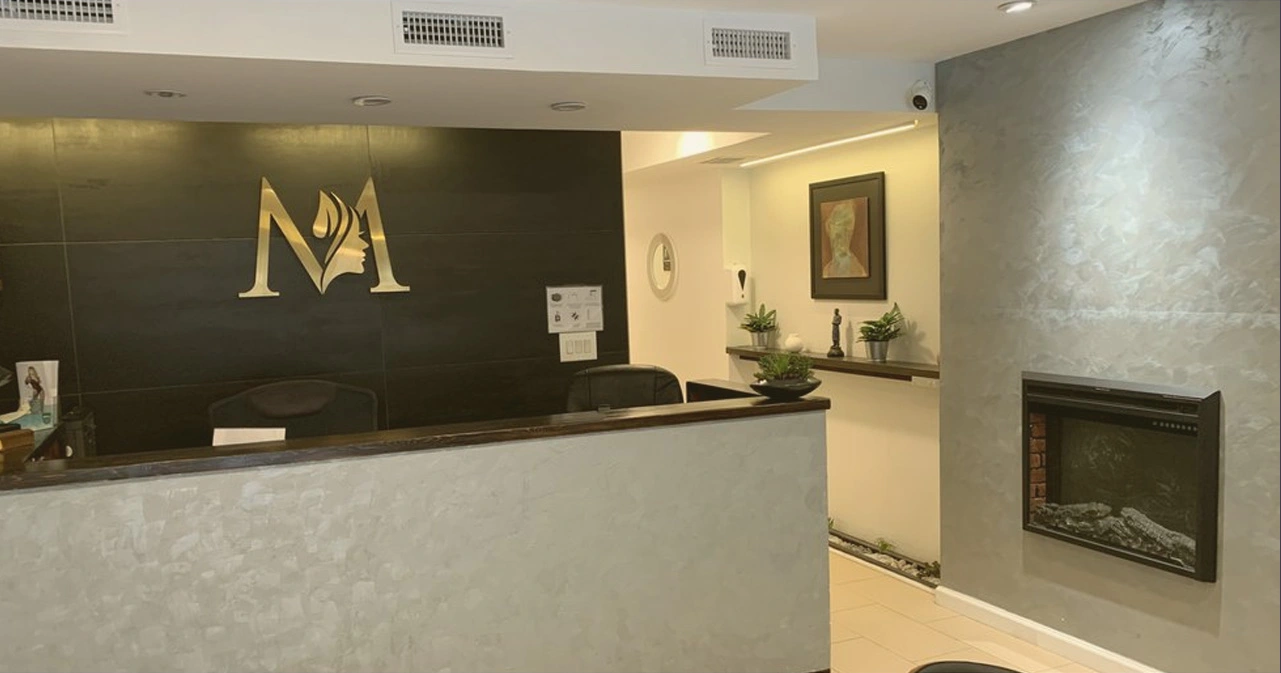At Murray Hill Plastic Surgery in NYC, earlobe repair is approached with a high level of precision and artistry. We understand that the appearance of earlobes plays a subtle yet significant role in facial balance and personal confidence. Whether your cosmetic concerns stem from trauma, stretching, or aging, each case is carefully evaluated to determine the most effective solution. Attention to detail and patient-specific planning ensure that our procedures help patients achieve their desired appearance and boost their confidence.
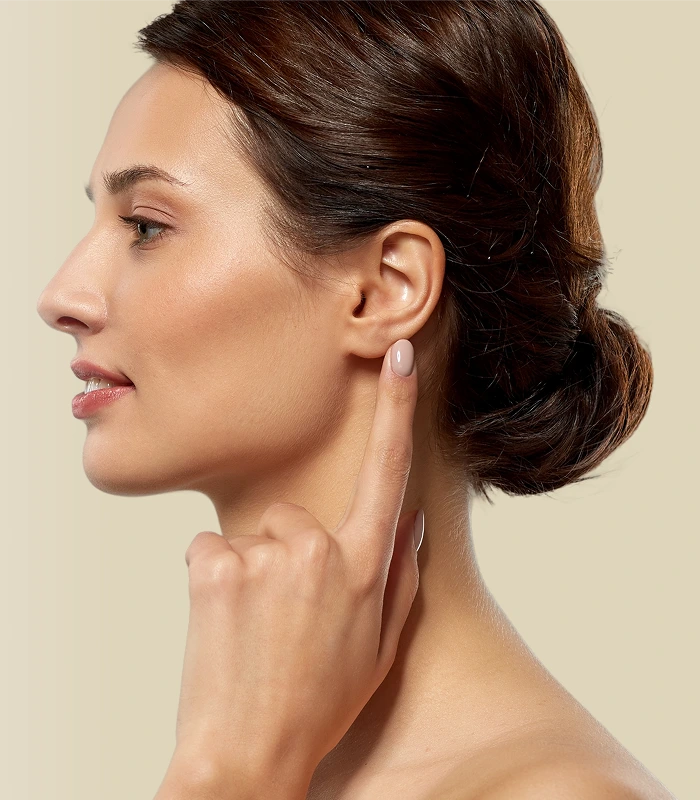
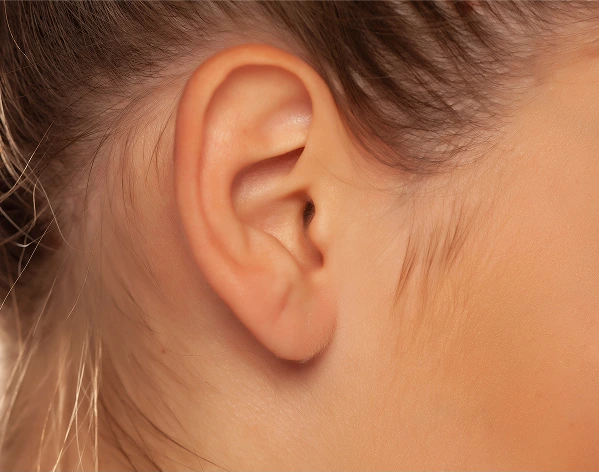
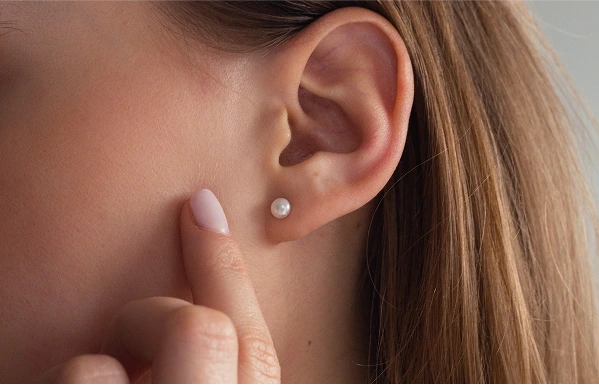
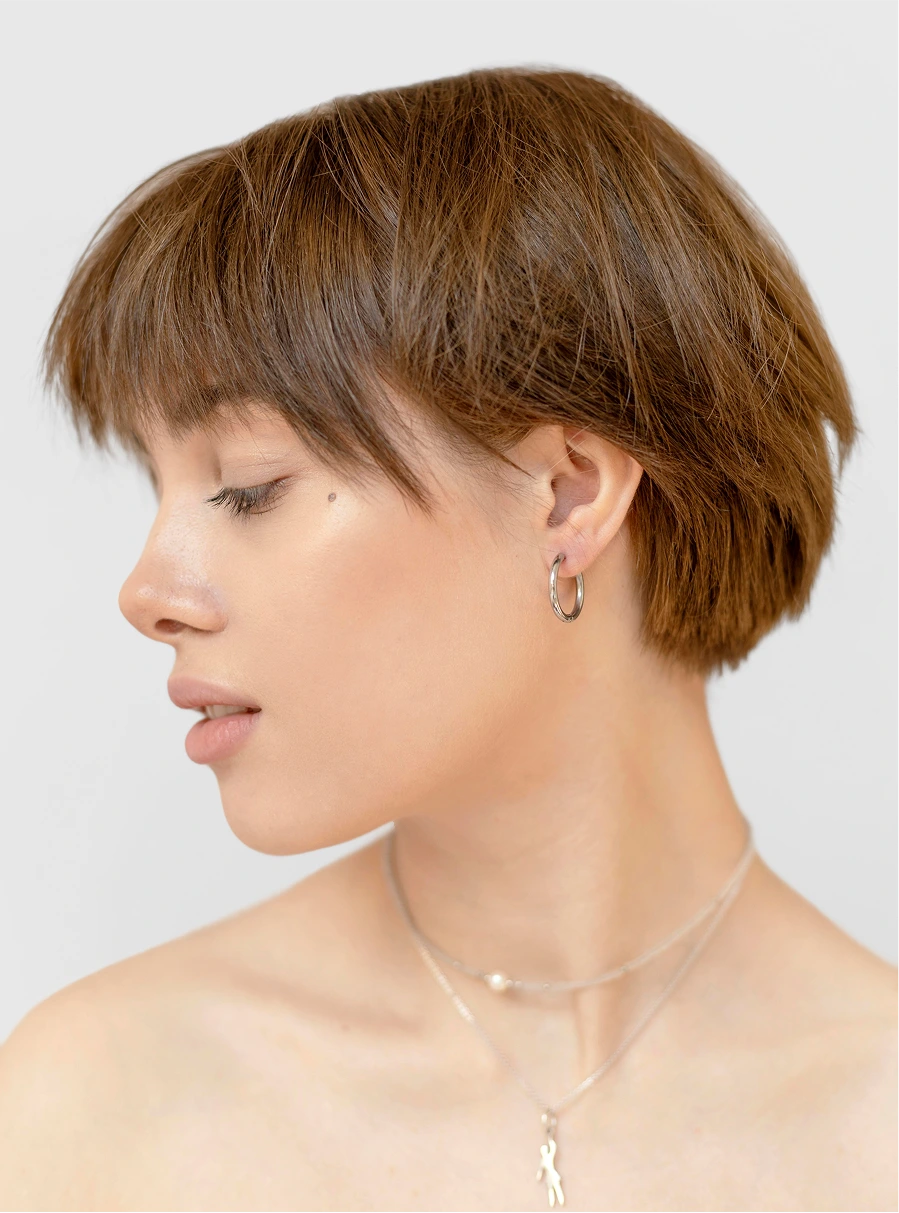

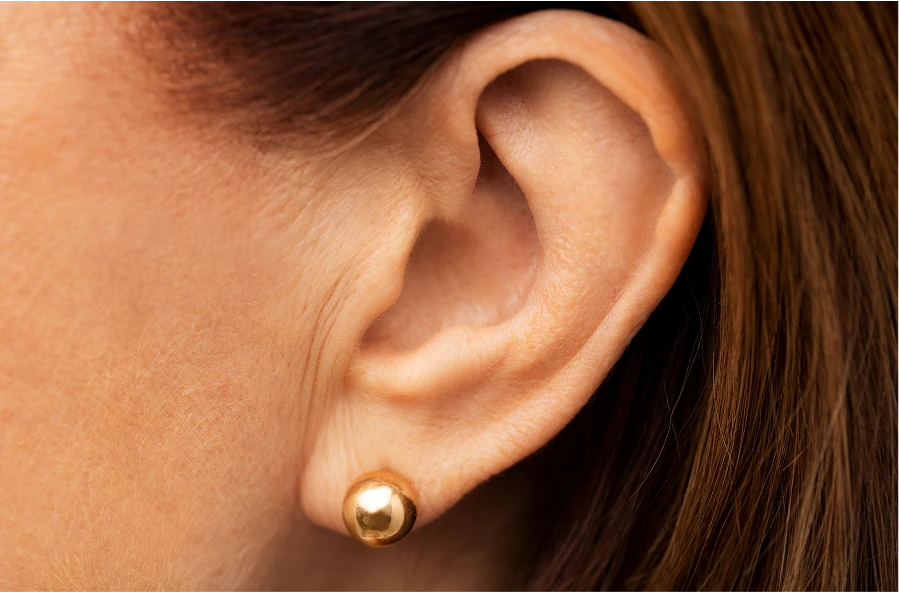
Earlobe repair is often chosen by individuals seeking to address cosmetic or structural issues in the earlobe area. Whether caused by trauma or aging, repairing damaged earlobes can support personal goals related to appearance and confidence. This procedure can offer the following benefits:
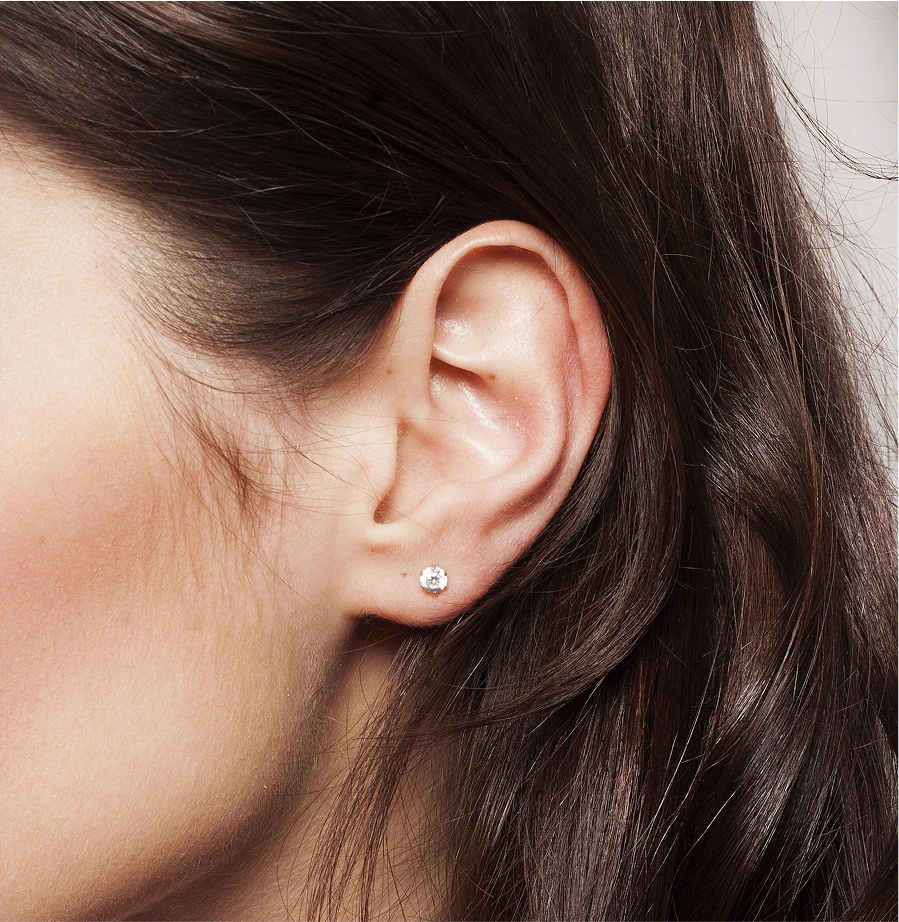
Earlobe repair procedures may be covered by insurance in the following cases:
Our team is available to help determine your eligibility for coverage and guide you through the process.
We also accept out-of-network insurance when applicable.
